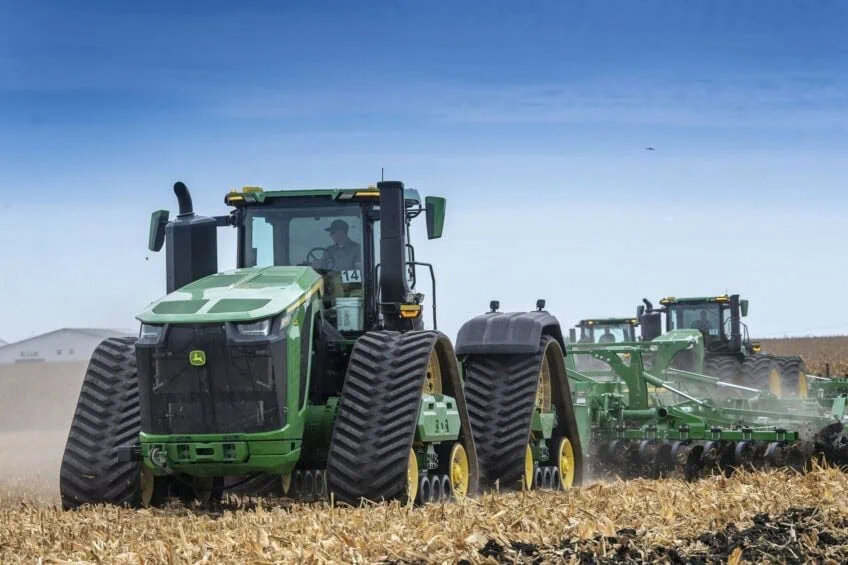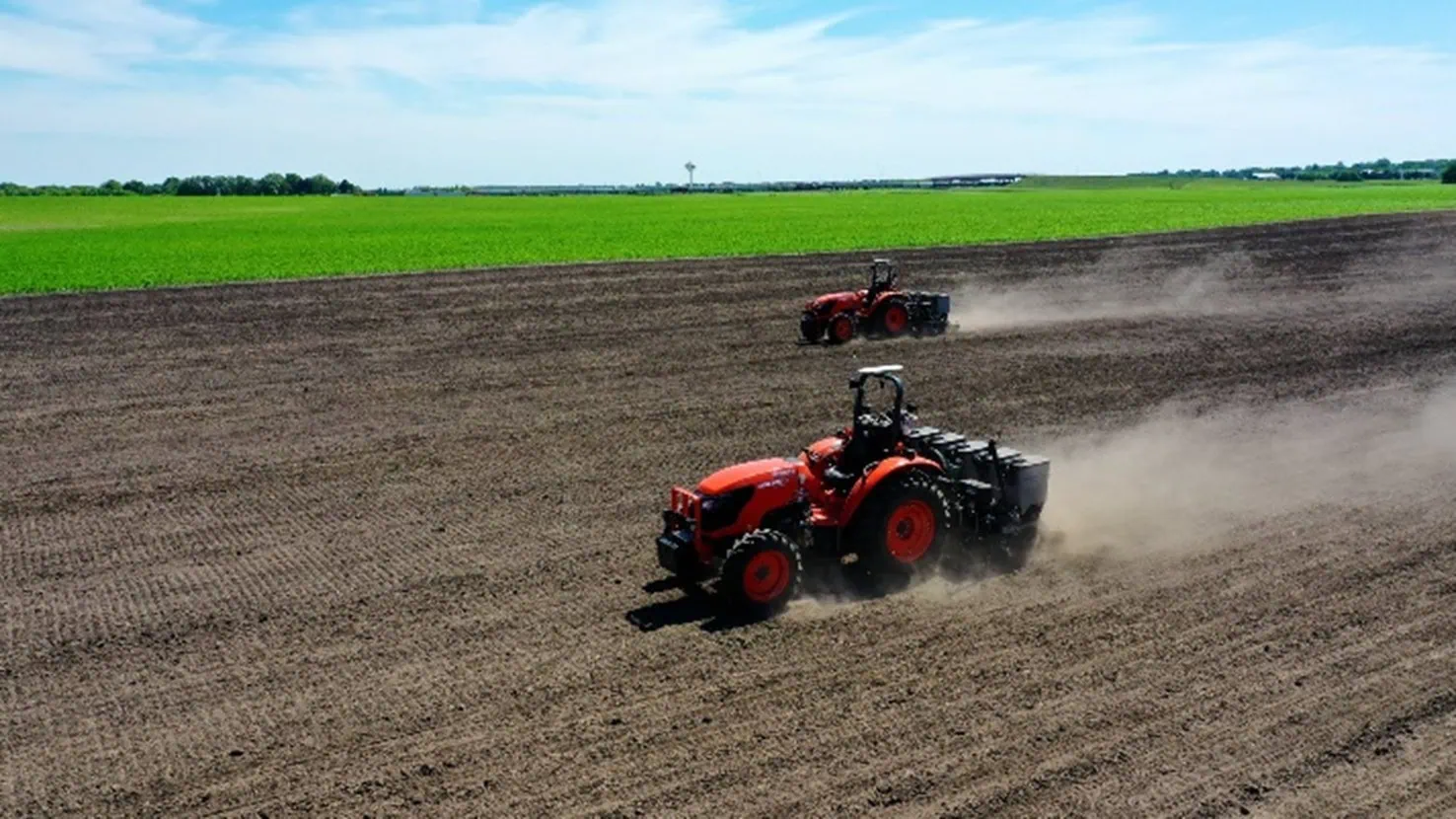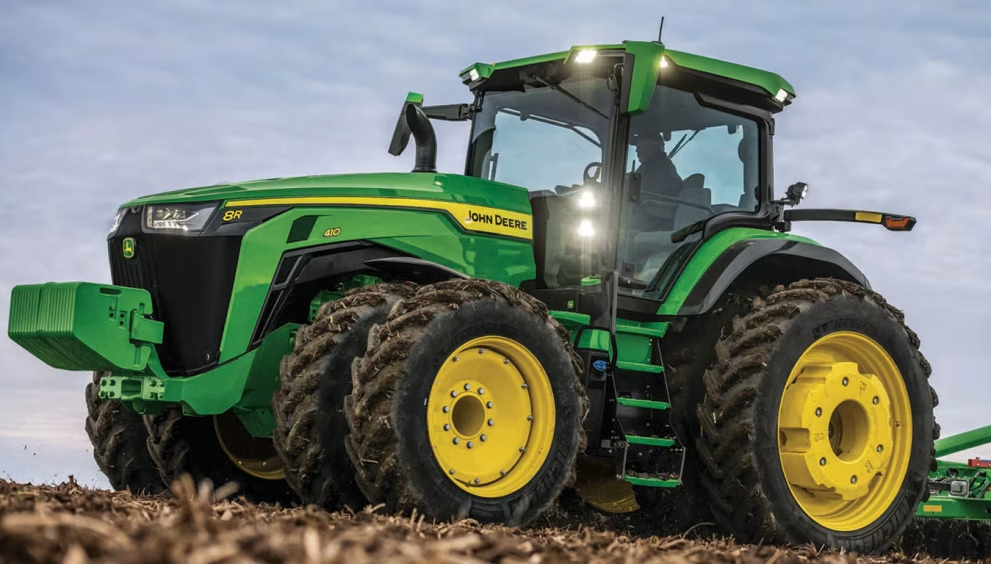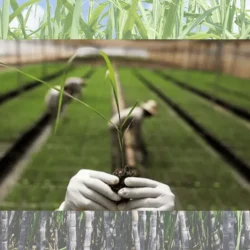Craig Rupp, CEO of Sabanto and a pioneer in autonomous farming, shares his perspective on the practical realities of autonomy in agriculture. As one of the first to operate a fleet of autonomous tractors, Rupp offers unique insights into why a standard autonomous tractor may often be more effective than a dedicated field robot. In this series of bi-weekly opinion pieces, he explores the reality of autonomous farming and what it could mean for farmers today.
“If you read my previous article, you’ll recall I touched on the logistical challenges posed by the size of the equipment in relation to the field size. I am convinced large horsepower equipment is going to be challenged in a different direction, the emerging technology of autonomy. First, let’s take a quick look back at how technology has shaped new industries.
As a technologist for most of my career, I marvel at the transformative power of innovation. One thing I’ve learned over the years is that the masses look at the problem technology is attempting to solve rather than the broader impact on the world. Consider Edison’s phonograph. At first glance, it solved a problem by addressing the need for home music. However, Edison’s true breakthrough was discovering the ability to play back audio. That novel idea gave us the music industry, the recording industry, audio books, podcasts, and hundreds of music genres. In this sense, technology has less to do with solving a problem and more to do with enabling new business models.

Autonomy magically increases time
Now, consider autonomy. While most publications tout autonomy as a solution to labor shortages, there’s a broader genius at play: autonomy increases the amount of time available for fieldwork. Nothing more, nothing less. Autonomy magically increases time, allowing you to run longer hours or run multiple systems at once. With the perspective that autonomy increases time, the future comes into focus.
Let’s bring in James Watt into this diatribe, the namesake for the unit of power. His most famous equation tells us:

James told us for the same amount of work, horsepower and time are inversely proportional. You increase time, you decrease horsepower. Double the time, half the horsepower. To think, a 500 HP tractor running 8 hours can do the same amount of work as a 250 HP tractor running 16 hours. If you buy into autonomy increasing time, it will certainly decrease horsepower. It’s not only a good idea, it’s the law.
Smaller tractors cost half as much per horsepower
I believe we have peaked in horsepower. As autonomous technology matures; I believe horsepower will head in the other direction. I’m already starting to see it with our customers. We had customers transition from 100 HP tractors to 75 HP ones, running them longer hours with smaller implements.
I believe economics will accelerate the transition. At the Farm Progress Show in Boone, IA, I marveled at seeing the latest commercially available 830 HP tractor. I could not imagine the level of talent required to build, let alone, manufacture it. However, it retails for nearly $1,500 per horsepower versus a 100 HP ROPS tractor that retails for less than $675/HP. For the cost of an 830 HP tractor, you could buy 18, 100 HP tractors, and get a total of 1800 HP. It’s not a stretch to imagine how those 18 tractors will be operated.

If that single 830 HP tractor fails, you’re done
I believe agronomics will accelerate the transition. Compaction is like a stain on your white shirt – everybody knows it’s there, but nobody addresses it. Take that 830 HP tractor I saw at the Farm Progress Show: it weighs in at 60,000 pounds without ballast. That 100 HP ROPS tractor tips the scales at 7,000 pounds. We’ve gone down the path of increasing power ignoring the hidden toll it takes on soil health.
I believe redundancy will accelerate the transition. Imagine, for the same capital, pitting one large 830 HP tractor against an army of 18, 100 HP tractors? If that single 830 HP tractor fails, pack it up, you’re done. If a single 100 HP tractor fails, you’re still at nearly 90% throughput. With redundancy, resilience will become the new standard, ensuring no single failure can bring the entire operation to a halt.
Smaller equipment will redefine productivity
As we stand on the brink of an agricultural revolution driven by autonomy, it’s clear that smaller, more efficient equipment—operating longer hours—will redefine productivity in the field. The future may not be about building increasingly larger machines but rather leveraging technology to maximize output with less horsepower. Just as Edison’s phonograph paved the way for entirely new industries, autonomous farming is about to unlock new models of efficiency and sustainability. By rethinking our relationship with horsepower and time, we’re not only solving today’s challenges but also setting the stage for a more adaptable and resilient future in agriculture.”




